From The Conversation
The pumped hydro venture in southern NSW will pump water uphill into dams and release it when electricity demand is high. The federal government says it will act as a giant battery, backing up intermittent energy from by wind and solar.
We and others have criticised the project on several grounds. Here are six reasons we think Snowy 2.0 should be shelved.
1. It’s really expensive
The federal government announced the Snowy 2.0 project without a market assessment, cost-benefit analysis or indeed even a feasibility study.
When former Prime Minister Malcolm Turnbull unveiled the Snowy expansion in March 2017, he said it would cost A$2 billion and be commissioned by 2021. This was revised upwards several times and in April last year, Snowy Hydro awarded a A$5.1 billion contract for partial construction.
Snowy Hydro has not costed the transmission upgrades on which the project depends. TransGrid, owner of the grid in NSW, has identified options including extensions to Sydney with indicative costs up to A$1.9 billion. Massive extensions south, to Melbourne, will also be required but this has not been costed.
2. It will increase greenhouse gas emissions
Both Snowy Hydro Ltd and its owner, the federal government, say the project will help expand renewable electricity generation. But it won’t work that way. For at least the next couple of decades, analysis suggests Snowy 2.0 will store coal-fired electricity, not renewable electricity.
Snowy Hydro says it will pump the water when a lot of wind and solar energy is being produced (and therefore when wholesale electricity prices are low).
But wind and solar farms produce electricity whenever the resource is available. This will happen irrespective of whether Snowy 2.0 is producing or consuming energy.
When Snowy 2.0 pumps water uphill to its upper reservoir, it adds to demand on the electricity system. For the next couple of decades at least, coal-fired electricity generators – the next cheapest form of electricity after renewables – will provide Snowy 2.0’s power. Snowy Hydro has denied these claims.
3. It will deliver a fraction of the energy benefits promised
Snowy 2.0 is supposed to store renewable energy for when it is needed. Snowy Hydro says the project could generate electricity at its full 2,000 megawatt capacity for 175 hours – or about a week.
But the maximum additional pumped hydro capacity Snowy 2.0 can create, in theory, is less than half this. The reasons are technical, and you can read more here.
It comes down to a) the amount of time and electricity required to replenish the dam at the top of the system, and b) the fact that for Snowy 2.0 to operate at full capacity, dams used by the existing hydro project will have to be emptied. This will result in “lost” water and by extension, lost electricity production.
4. Native fish may be pushed to extinction
Snowy 2.0 involves building a giant tunnel to connect two water storages – the Tantangara and Talbingo reservoirs. By extension, the project will also connect the rivers and creeks connected to these reservoirs.
A small, critically endangered native fish, the stocky galaxias, lives in a creek upstream of Tantangara. This is the last known population of the species.
From here, the climbing galaxias’ capacity to climb wet vertical surfaces would enable it to reach upstream creeks and compete for food with, and prey on, stocky galaxias – probably pushing it into extinction. An invasive native fish, the climbing galaxias, lives in the Talbingo reservoir. Water pumped from Talbingo will likely transfer this fish to Tantangara.
Snowy 2.0 is also likely to spread two other problematic species – redfin perch and eastern gambusia – through the headwaters of the Murrumbidgee, Snowy and Murray rivers.
5. It’s a pollution risk
Snowy Hydro says its environmental impact statement addresses fish transfer impacts, and potentially serious water quality issues.
Four million tonnes of rock excavated to build Snowy 2.0 would be dumped into the two reservoirs. The rock will contain potential acid-forming minerals and other harmful substances, which threaten to pollute water storages and rivers downstream.
When the first stage of the Snowy Hydro project was built, comparable rocks were dumped in the Tooma River catchment. Research in 2006 suggested the dump was associated with eradication of almost all fish from the Tooma River downstream after rainfall.
6. Other options were not explored
Many competing alternatives can provide storage far more flexibly for a fraction of Snowy 2.0’s price tag. These alternatives would also have far fewer environmental impacts or development risks, in most cases none of the transmission costs and all could be built much more quickly.
Expert analysis in 2017 identified 22,000 potential pumped hydro energy storage sites across Australia.
Other alternatives include chemical batteries, encouraging demand to follow supply, gas or diesel generators, and re-orienting more solar capacity to capture the sun from the east or west, not just mainly the north.
Where to now?
The federal government, which owns Snowy Hydro, is yet to approve the main works.
Given the many objections to the project and how much has changed since it was proposed, we strongly believe it should be put on hold, and scrutinised by independent experts. There’s too much at stake to get this wrong.
by Bruce Mountain, Director, Victoria Energy Policy Centre, Victoria University, and Mark Lintermans, Associate professor, University of Canberra. This article was originally published in The Conversation.
This content is protected by copyright and may not be reused. If you want to cooperate with us and would like to reuse some of our content, please contact: editors@pv-magazine.com.
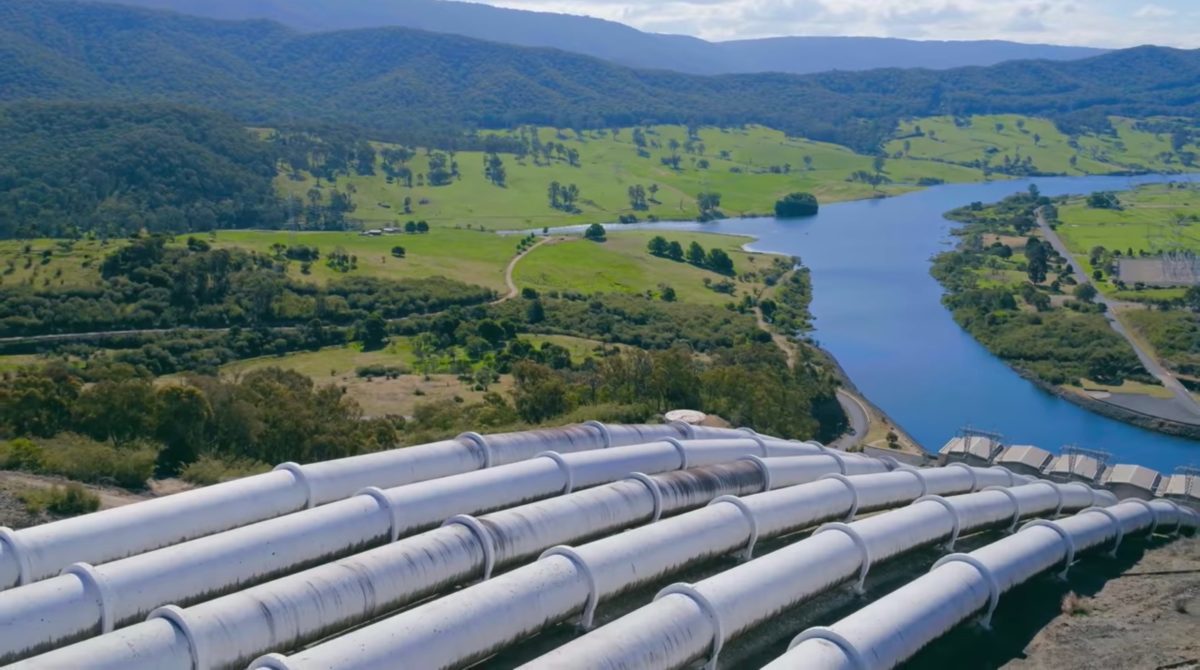
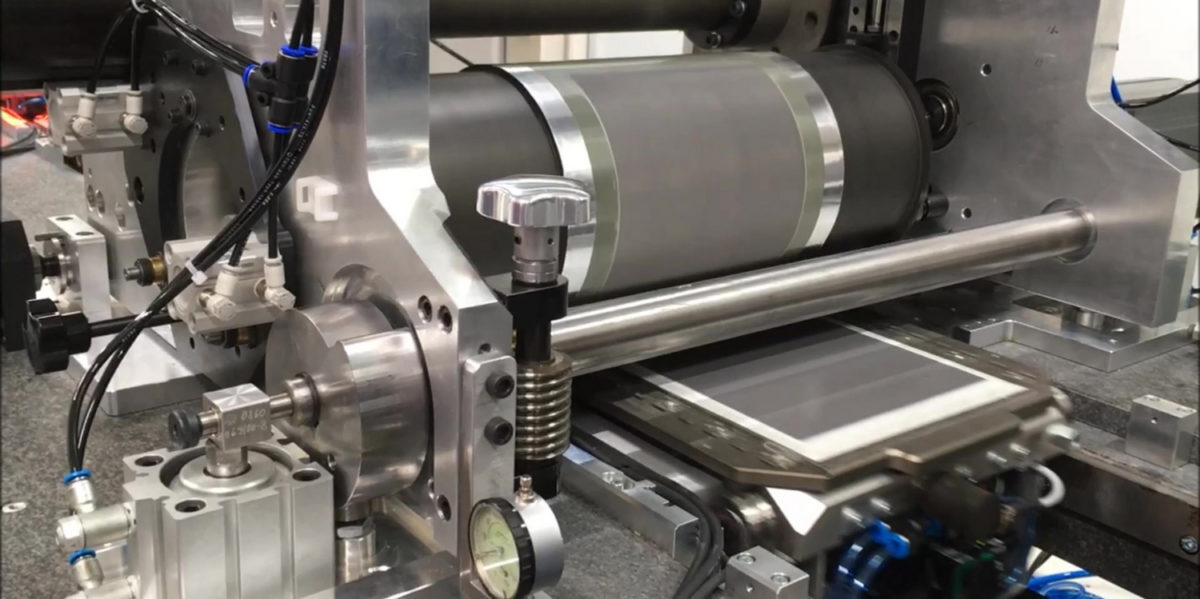

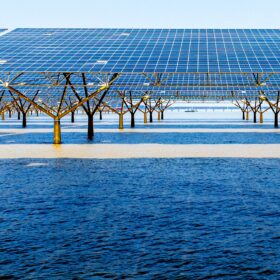
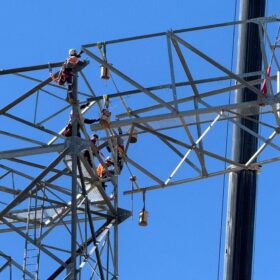
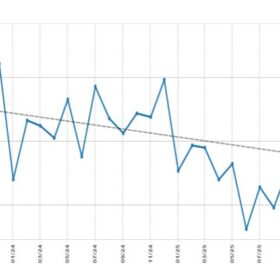
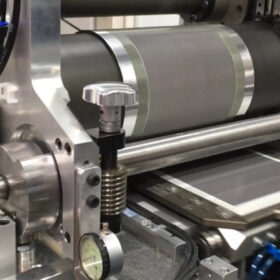

Too many chefs in the kitchen. This is typical of the mechanical generation industry as a whole. Be it a fueled heat exchange type generation scheme, falling water or pumped hydro scheme, cost overruns, labor disputes, legal battles and environmental concerns will always change the dynamic of the project as it rolls along.
This must be a thing in Australia, it seems a lot of fast paced solar PV or wind generation has been built, then had to wait one or two years to connect to the grid. It makes sense to a “point”, that when one knows who is building generation facilities and how much, then one can size design the HVAC feed for this amount of generation. Waiting too long also cheats the ratepayers out of new generation resources and “makes” them pay for old fueled plants longer than they should.
“Many competing alternatives can provide storage far more flexibly for a fraction of Snowy 2.0’s price tag. These alternatives would also have far fewer environmental impacts or development risks, in most cases none of the transmission costs and all could be built much more quickly.”
You can build a lot of Energy Storage Systems, constructed along the grid for $5 billion plus dollars. Since it seems like HVAC feed lines seems to be a problem, large solar PV or wind generation farms should have local BESS and if enough energy storage capacity is constructed, something like 4GW or more, one could run these “intermittent” generation resources and use a solar PV farm to store energy all day long , then dispatch it at night. There’s an operations paradigm in the electric utility industry that needs to be put to rest. One doesn’t “need” fueled generation to back up non-fueled intermittent generation. One doesn’t need particular geographic projects like pumped hydro generation when one can spread giga-watts of energy storage on pretty much any parcel of land available. Micro-grids as electricity generation and service nodes with the need for smaller HVAC feeders between nodes would be a better long term plan.
Laughable article and totally at odds with the facts and the results and findings of the 12 month Feasibility Study. This is the reason why we don’t let unqualified armchair “experts” delve into design of bridges or high rise buildings, dams, power stations etc etc. Our professional Engineers do 4 or more years at uni and then another 10 years gaining expertise. So many lulus in the article that not worth even descending to the seat of the pants level. Suffice to say that Snowy 2.0 will have a capacity of 336,000 MWh and be able to continuously power half a million homes for 7 days. Compare this to the South Australia battery that has a capacity of 140 MWh and could power the same 500,00 homes for (wait for it) – 4 minutes 12 seconds.
With due respect, the so called 22,000 pumped hydro sites was nothing more than a pretty useless desktop exercise that utilised a nationwide digital terrain model and then proceeded to automatically identify (twin) nearby locations where there was a significant level difference – ie (potential) head. Unfortunately there was no corresponding investigation concerning if indeed there was any potential water storage capability. A case in point was the supposed “potential sites” with upper reservoirs high in the Adelaide hills overlooking the city. Detailed assessment (using Google Earth) revealed that the biggest and only potential water storage on the particular very narrow ridge would be some of the resident’s very expensive swimming pools. Blind Freddie can see that for pumped hydro to be economical, an existing reservoir (and preferably two – as is the case with both Snowy 2.0 and the Kidston scheme) have to be utilised to reduce the very large capital costs. That said, we have many hundreds of suitable sites in all States.